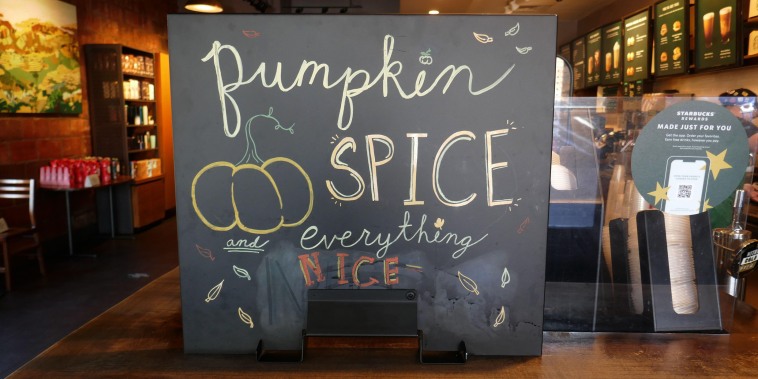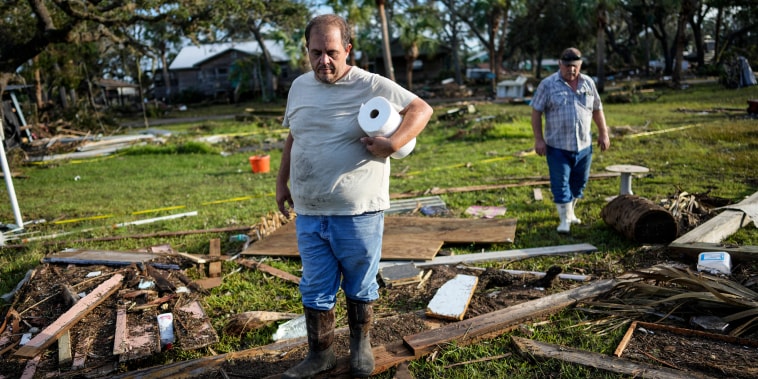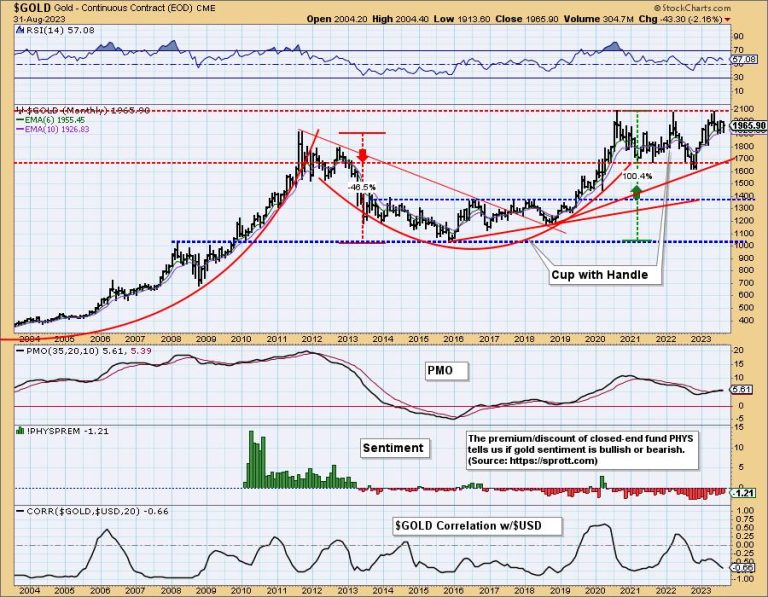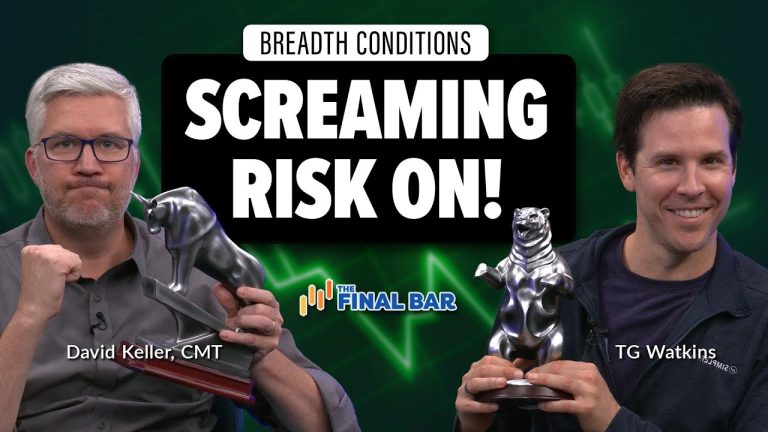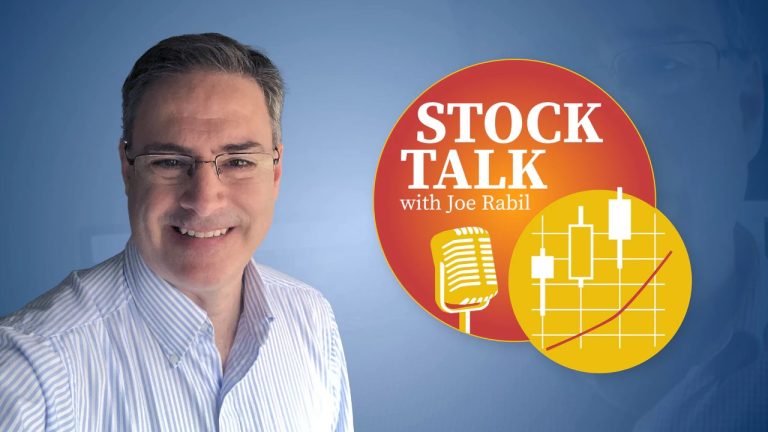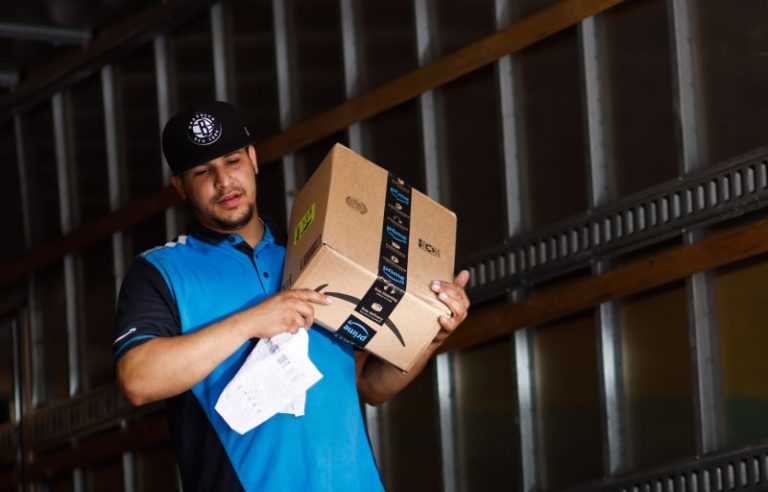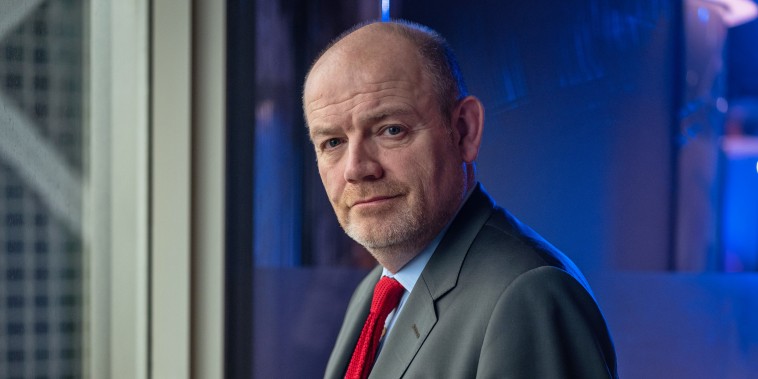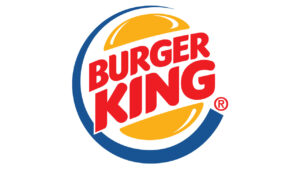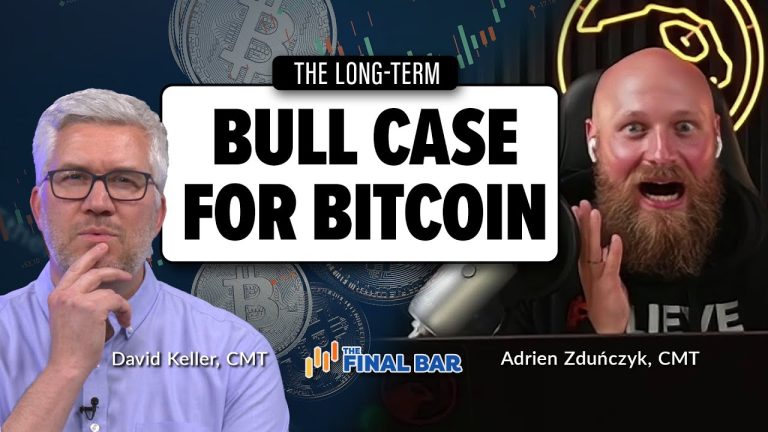In most of the U.S., tree foliage is green and temperatures are warm. But for many restaurants and retailers, fall is already here.
Halloween candy and pumpkin spice lattes used to wait until after Labor Day to make their annual debuts, ushering in the start of fall several weeks before the season officially begins. But in the past few years, restaurants and retailers have been releasing their autumnal food and beverages even earlier.
The number of limited-time pumpkin launches more than doubled to 86 in August 2022 compared with 2019, according to Technomic, which tracked the top 500 restaurant chains and top 40 convenience stores. November is still the most popular month to launch limited-time pumpkin items timed for Thanksgiving, but August is gaining ground.
Restaurants’ and retailers’ extended fall also comes as pumpkin food and beverages become more popular throughout the autumn. In 2019, restaurants and convenience stores launched 268 pumpkin-themed seasonal items. By 2022, the number had more than doubled to 559 items.
Ken Harris, managing partner at Cadent Consulting Group, said three reasons have driven the shift.
″[The companies] make money from it, the stuff tastes good and they have consumer research that says they have permission to push the boundaries of timing,” he told CNBC.
As schools have pushed for an earlier start to the school year, Labor Day has lost some of its status as a seasonal indicator. Since many families are preparing for school in August anyway, fall seems right around the corner. Picking up Halloween candy during back-to-school shopping helps some parents kill two birds with one stone.
Starbucks claims credit for the rise of pumpkin-themed drinks and food, stemming from the introduction of its pumpkin spice latte 20 years ago.
“Go back 20 years ago, nothing pumpkin existed in the marketplace. The only thing you could find in the grocery aisle was a pumpkin puree,” Peter Dukes, one of the original creators of Starbucks’ pumpkin spice latte, said at a recent press event celebrating two decades of the drink.
The coffee chain also takes the brunt of the ire of consumers who chafe at the early introduction of fall menus. Since 2018, Starbucks has re-released the pumpkin spice latte in August. Its Aug. 24 launch this year is tied with 2021 as the earliest rollout yet for its fall menu.
“It does tend to be at the end of August, which is that time that our customers are returning to their routines,” Starbucks spokesperson Erin Stan said.
As Starbucks has pulled the fall season earlier, it has also adjusted its menu. In 2019, it launched the pumpkin cream cold brew, its second-ever pumpkin drink. This year, Starbucks added the iced pumpkin cream chai latte to its menu.
Both drinks address the rising popularity of cold drinks, which account for more than three-quarters of all Starbucks beverage orders, no matter the season. They also happen to be more temperature-appropriate options for late August, when many consumers are still battling the heat and seeking air conditioning.
But Eleni Demestihas, a 28-year-old lawyer based in Denver, plans to delay drinking her first pumpkin spice latte of the season, even though she prefers them iced. Demestihas said she typically waits until she can wear a sweatshirt all day — likely sometime in mid-October.
Until then, she’ll just be enjoying the PSL-themed memes.
Dunkin’ beats Starbucks to the pumpkin punch
For all the grumbling over Starbucks’ early fall menu, some of its rivals entered the arena even earlier. Dunkin’, which is privately owned by Inspire Brands, released its autumn menu Aug. 16, eight days before Starbucks launched its items. Krispy Kreme rolled out its pumpkin spice doughnut lineup Aug. 7.
IHOP released its fall menu, including pumpkin spice pancakes and pumpkin spice cold foam cold brew, on Aug. 28, six days later than its launch last year.
“Generally speaking, for us, the timing of anything like this is really based on consumer insights,” IHOP Chief Marketing Officer Kieran Donahue told CNBC.
The Dine Brands chain typically sells about one million of its pumpkin spice pancakes every time they return to menus.
“The fact of the matter is, it’s a popular menu item … I think we could offer it at any time and people would buy it,” Donahue said.
Lizzy Freier, director of menu research and insights at Technomic, said it’s too soon for her to enjoy a pumpkin spice latte. Her hometown of Chicago is expecting temperatures to exceed 90 degrees on Labor Day.
Luckily for Freier, Demestihas and other consumers who plan to hold off on enjoying their favorite fall treats, the early kickoffs haven’t led companies to pull items faster, according to Freier.
And fear not — plenty of companies are sticking to normal seasonal boundaries.
Reynolds’ Hefty isn’t releasing its cinnamon pumpkin spice-scented trash bags until September.
More from CNBC:
IHOP rolls out biscuits menu nationwide for the first time as the chain fights slowing sales61% of Americans are living paycheck to paycheck — inflation is still squeezing budgetsMark Thompson steps in as next CNN chief

